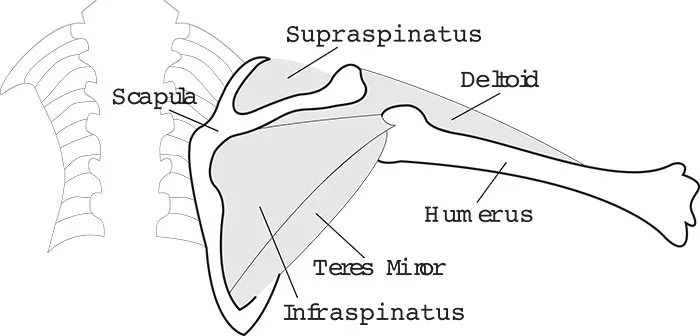American Farriers Journal
American Farriers Journal is the “hands-on” magazine for professional farriers, equine veterinarians and horse care product and service buyers.

Being too busy to pursue a fitness program or finding exercise boring is no excuse for neglecting your rotator cuffs. Though you may not enjoy exercise, the one muscle group that all farriers should be concerned about above all others is rotator cuffs.
After age 30 the rotator cuff muscles begin to atrophy and without exercise will be gone or useless between the ages of 50 to 70.
Rotator cuff muscles don’t receive a good blood supply, but circulation can be greatly improved with exercise. Given the unpredictable nature of horses, you can strain your rotator cuff if a horse misbehaves while you’re lifting its front or hind leg.
As a farrier, you use repetitive motions daily, which causes wear patterns on the joints, overdeveloping some muscles while under developing others. The rotator cuff is often the weak link in a person who has strong arm and back muscles, as most farriers do.

EXERCISE 1: Shoulder/Chest Stretches. Place your forearm against a wall or solid object in a 90-degree angle. Take a step ahead with your leg on the same side as your arm and turn out slightly. Hold for 20 seconds. Do one set of stretches between each exercise.
The rotator cuff is composed of four small isolated muscles:
The deltoid muscle is the main muscle of the shoulder but functions in a different manner than the rotator cuff.
The rotator cuff works as a stabilizer for the shoulder joint and…